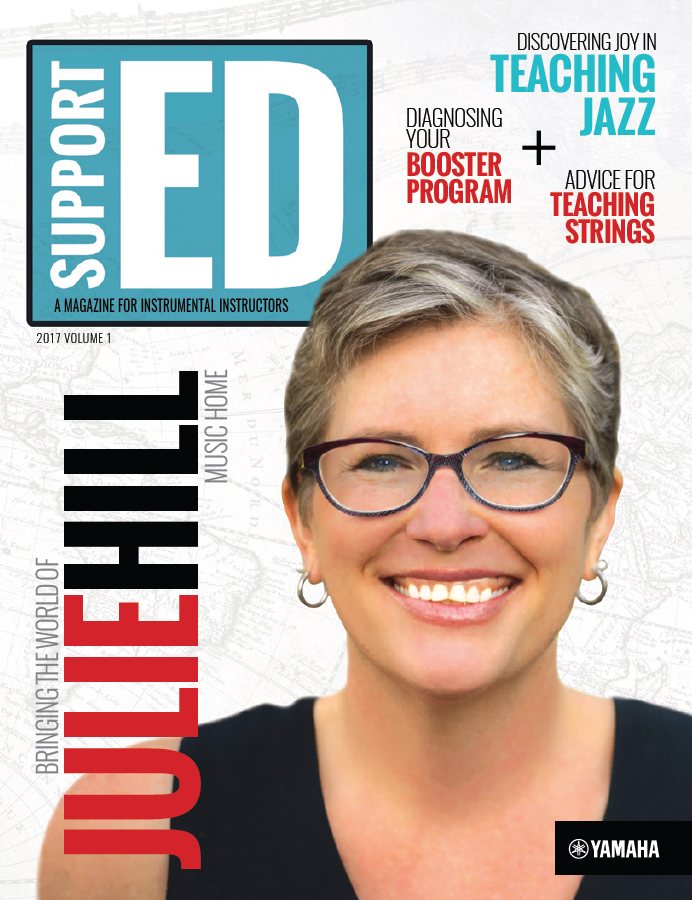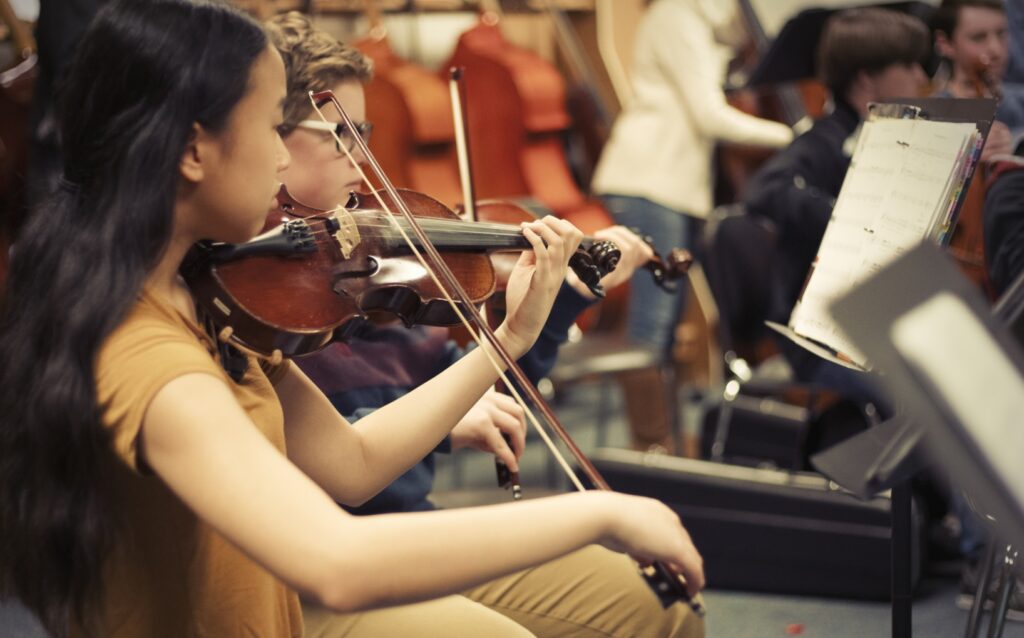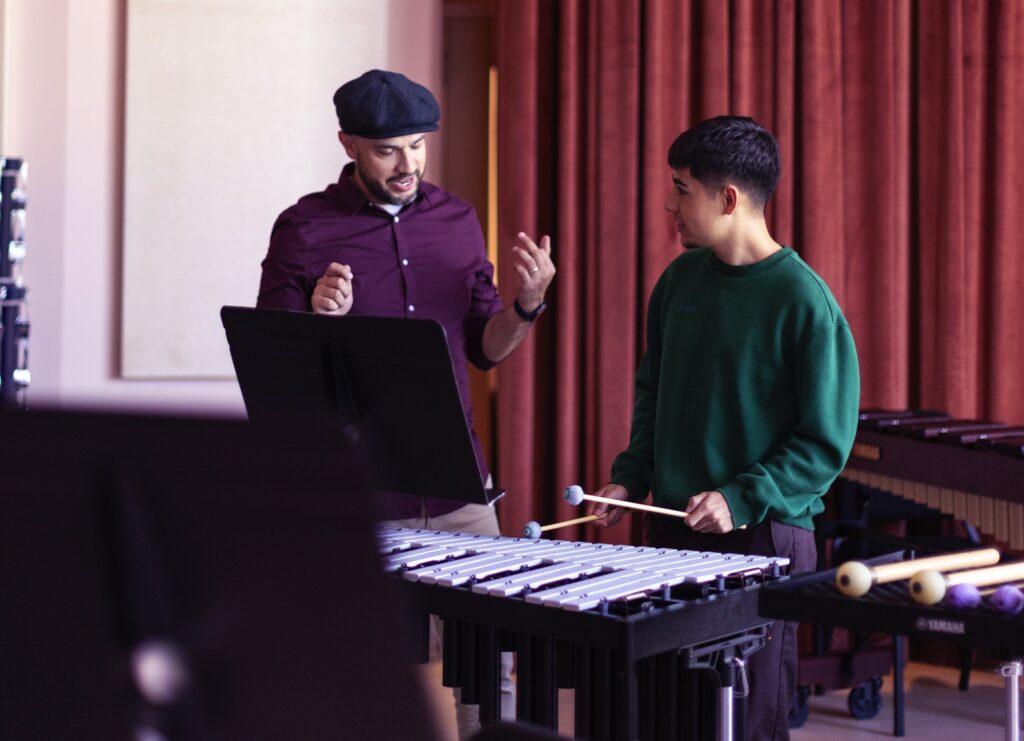Tagged Under:
Creative Assessment: Project-Based Learning in the Instrumental Music Classroom
Provide inspiration to creative music students and open up a whole new world of teaching options with project-based learning.
You can tell from their playing whether a student is progressing, but can you really get a read on whether or not what we have been teaching is really sinking in?
Playing tests are fine — they can be quick and easy to assess — but you can have students demonstrate how much they have learned about the bigger picture of studying music via more comprehensive types of projects that have the added benefit of stimulating their creativity in new ways.
When you consider that music makers are some of the most creative members of the school’s student body, it doesn’t take long to realize that project-based learning will provide appropriate inspiration and open up a whole new world of assessment options. It’s also just plain fun for both teachers and students alike.
Adding project-based learning to your program doesn’t have to be cumbersome or intimidating. Students could start with something as simple as arranging 8-bar “cheer” songs for their marching band section to play at football games.
With an infinite number of possibilities, there will be an endless stream of innovative projects that students will certainly enjoy creating — all that has to be done is to provide the opportunity.
Prime the Pump and Help Inspire the Process
Try it: Ask students to create their own instrument and perform an original piece or arrangement of a song of their choice. (This also makes a great group project.) The key is for students to demonstrate their understanding of how sound — and ergo, music — works. For example, Blue Man Group has motivated many high school percussionists to come up with their own PVC instruments.
Watch it: See how one young inventor performs his original composition “Cargo.”
Watch it: Get your students motivated with any one (or all) of these videos, showcasing eight incredible created instruments.
Try it: Ask students to use unconventional materials to make a new version of their own instrument. Students from Cateura, Paraguay, found a way to craft their own instruments using recycled trash.
Watch it: The Recycled Orchestra of Cateura gained national attention after being featured on “60 Minutes” and inspired a documentary film, “Landfill Harmonic.”
Try it: Encourage the use of technology in the classroom by asking students to choose a partner or group to form a duet, trio or ensemble and to either compose or arrange a song to be performed in the manner of their choosing. Inspire them to incorporate technology in any creative manner that showcases their performance. Students could also provide live performances if time permits.
Watch it: Encourage your students to think outside the box by showing them examples like Eric Whitacre’s Virtual Choir and Jason Collier’s “Isn’t She Lovely.”
Once project-based learning becomes part of the established procedure for assessment, students will come up with all sorts of ideas on their own. This could even be a project idea unto itself: ask students to come up with their own projects to demonstrate their understanding of music-making. This more creative type of high-level, free-form type of learning might be specifically reserved for seniors, with the final project eventually posted on the music department’s website or YouTube page.

This article originally appeared in the 2017 V1 issue of Yamaha SupportED. To see more back issues, find out about Yamaha resources for music educators, or sign up to be notified when the next issue is available, click here.















